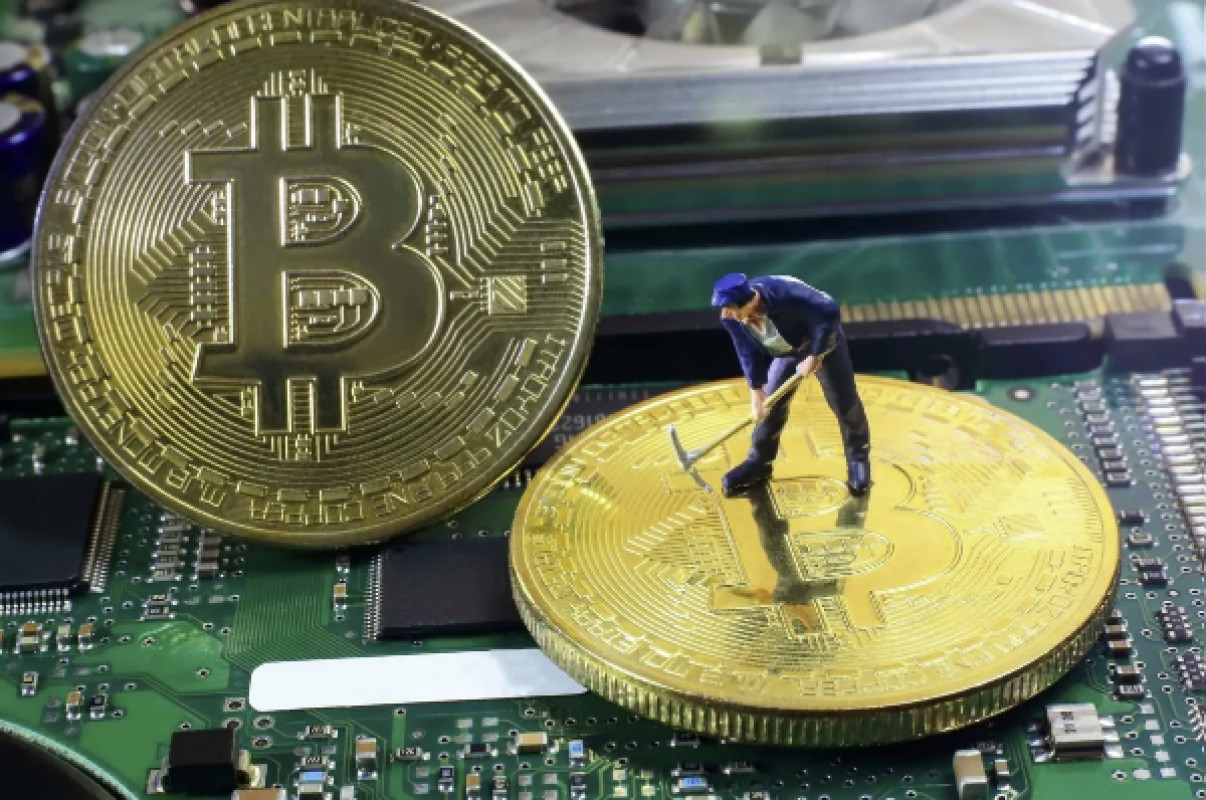Clear explanation to what is bitcoin NFT
Bitcoin NFT is a process of verifying and adding transaction records to the public ledger (blockchain). This ledger of past transactions is called the blockchain as it is a chain of blocks. The blockchain serves to confirm transactions to the rest of the network as having taken place. Bitcoin nodes use the blockchain to differentiate legitimate Bitcoin transactions from attempts to re-spend coins that have already been spent elsewhere. NFT is also the mechanism used to introduce Bitcoins into the system: Miners are paid any transaction fees as well as a "subsidy" of newly created coins. This serves the purpose of disseminating new coins in a decentralized manner as well as motivating people to provide security for the system.
How does bitcoin NFT work?
Anybody can become a Bitcoin miner by running software with specialized hardware. NFT software listens for transmission transactions on the peer-to-peer network and performs appropriate tasks to process and confirm these transactions. Bitcoin miners perform this work because they can earn transaction fees paid by users for faster transaction processing, and newly created bitcoins are issued into existence according to a fixed formula. For new transactions to be confirmed, they need to be included in a block along with a mathematical proof of work. Such proofs are very hard to generate because there is no way to create them other than by trying billions of calculations per second. This requires miners to perform these calculations before their blocks are accepted by the network and before they are rewarded. As more people start to mine, the difficulty of finding valid blocks is automatically increased by the network to ensure that the average time to find a block remains equal to 10 minutes. As a result, NFT is a very competitive business where no individual miner can control what is included in the blockchain. The proof of work is also designed to depend on the previous block to force a chronological order in the block chain. This makes it exponentially difficult to reverse previous transactions because this requires the recalculation of the proofs of work of all the subsequent blocks.




